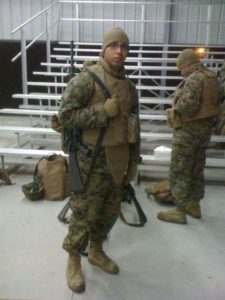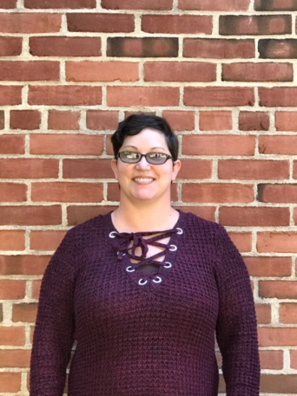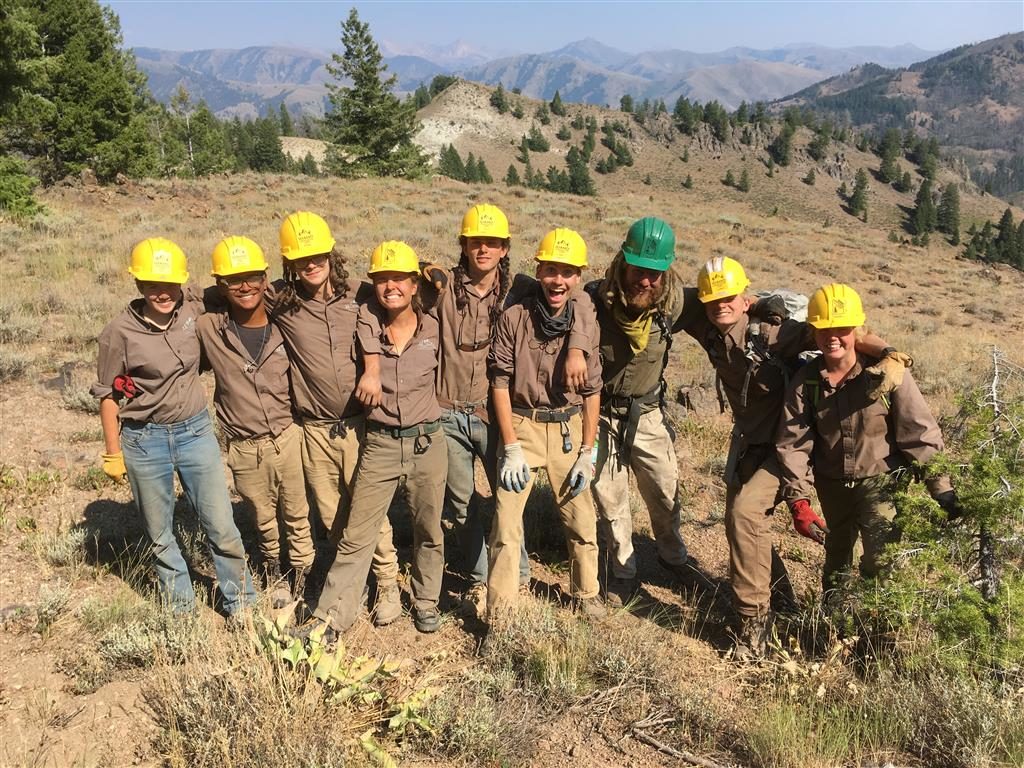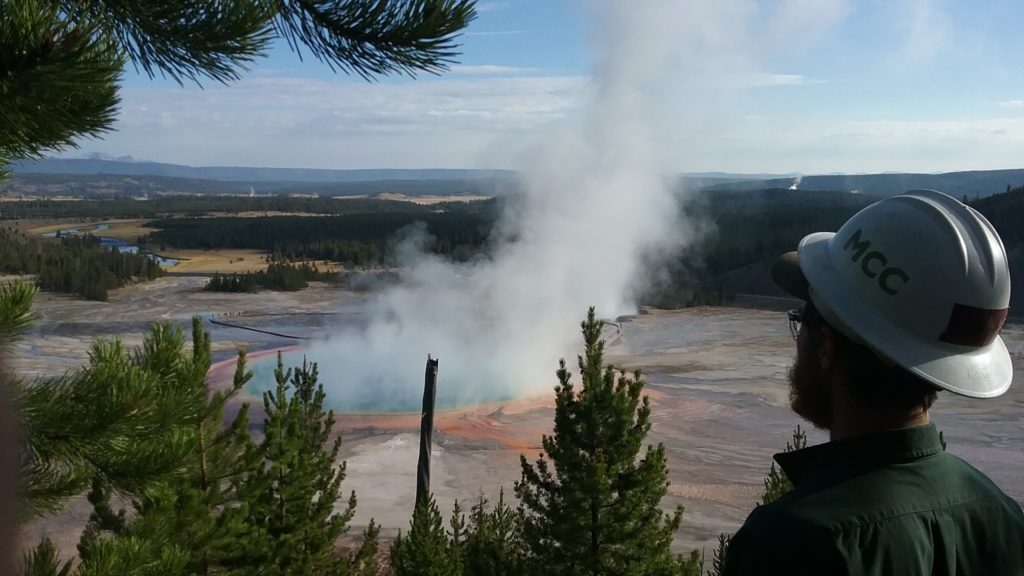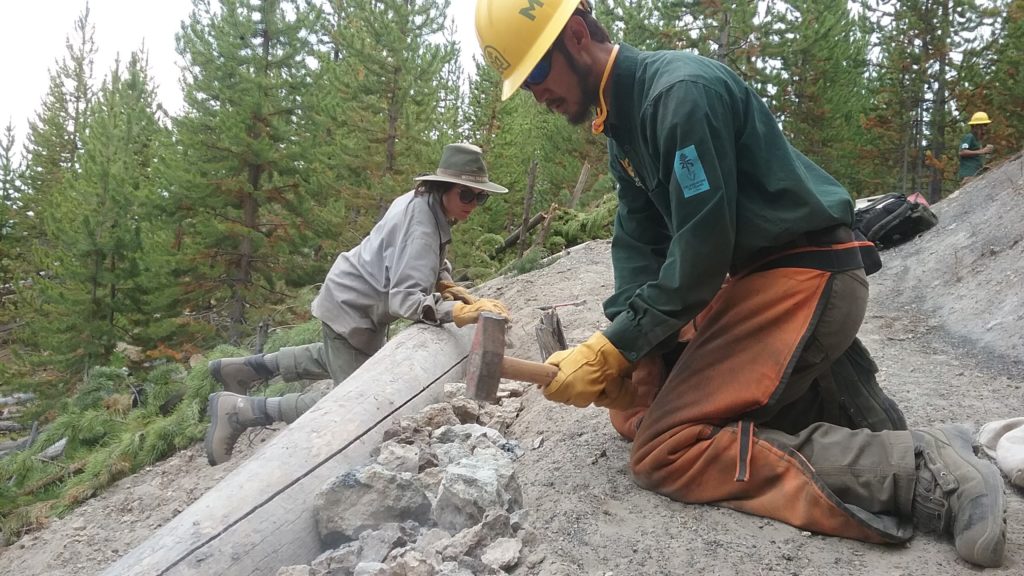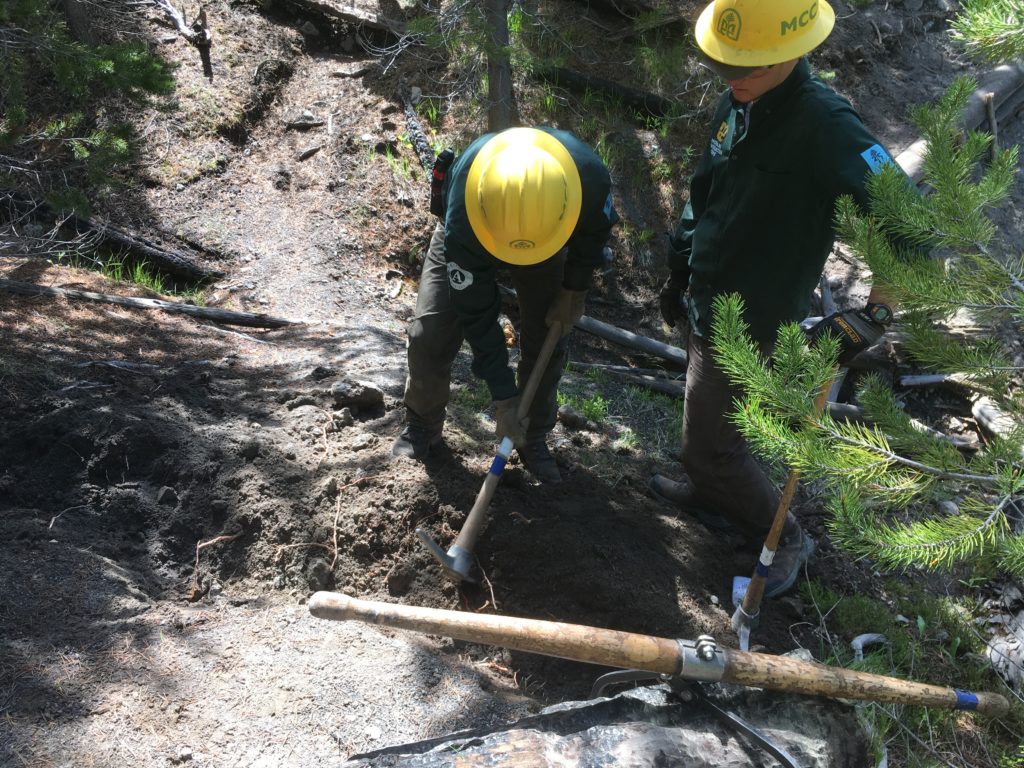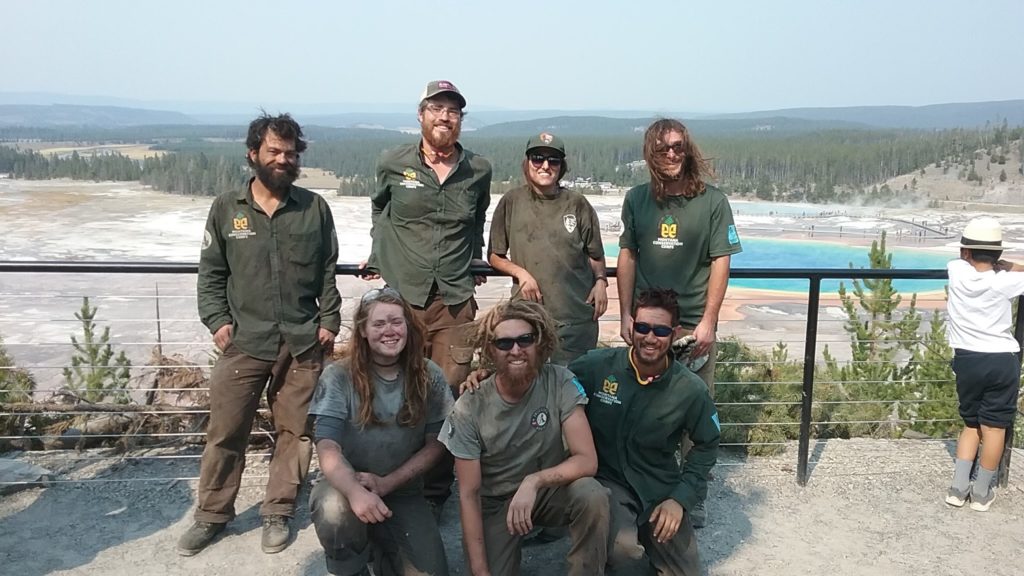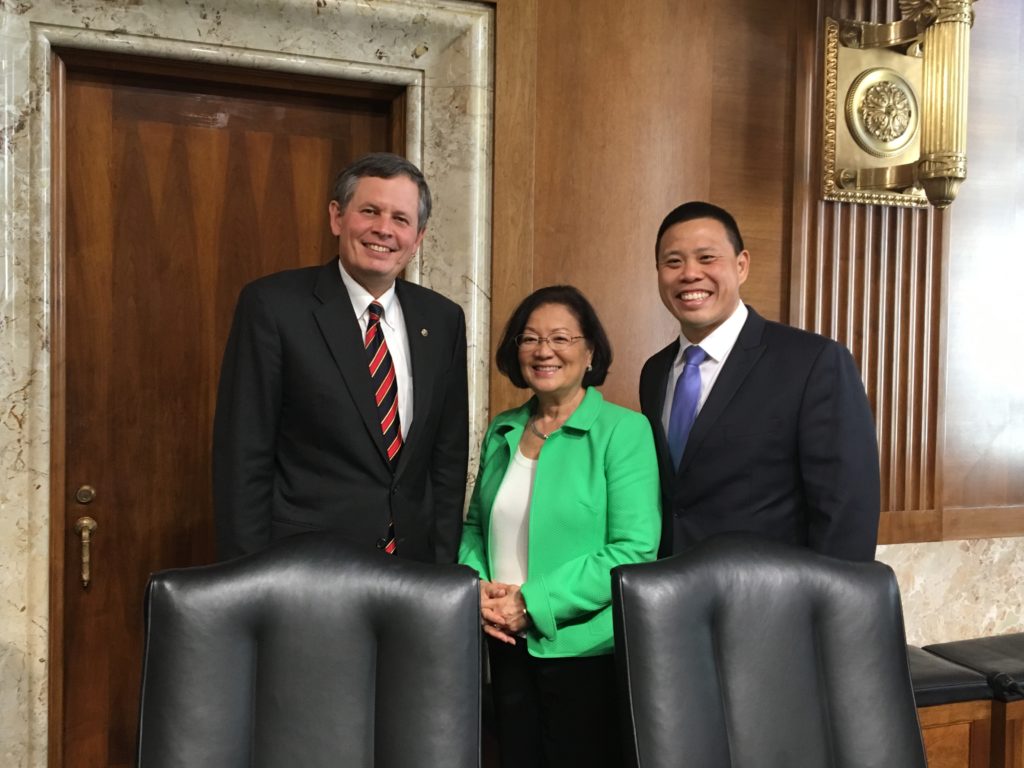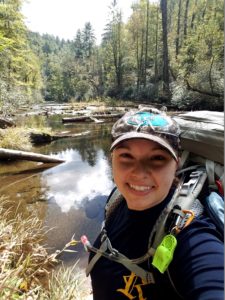 Meet Elamon White – a U.S. Navy Veteran serving as the Partnership and Volunteer Coordinator Intern at Sumter National Forest as part of Mt. Adams Institute’s VetsWork Environment AmeriCorps program.
Meet Elamon White – a U.S. Navy Veteran serving as the Partnership and Volunteer Coordinator Intern at Sumter National Forest as part of Mt. Adams Institute’s VetsWork Environment AmeriCorps program.
Tell us a bit about your personal background. Where are you originally from?
I was born and raised in Evansville, IN where I used to spend most of my time in the woods hiking, climbing trees, and riding my family’s four-wheeler through trails. To further my love for the outdoors, I took my passion and applied it to my bachelor’s degree in marine science at Jacksonville University in Jacksonville, FL. My true love is the ocean and all marine creatures, but, as long as I am outdoors, I’m free and happy.
Tell us about your military background and why you joined the armed forces.
I received a full-ride college scholarship to Jacksonville University through the Navy Reserve Officers Training Corps (NROTC). Upon graduation and commission as a Naval Officer in the U.S. Navy, I was stationed in Norfolk, VA onboard the USS Ramage (DDG 61), an Arleigh Burke-class guided missile destroyer. I spent my four years of service onboard the Ramage doing various leadership and management positions through two eight-month-long deployments to the Mediterranean Sea and the Persian Gulf. I served in the Navy from May 2013 to November 2016.
What did you do upon initially separating from the military?
I was preparing for my current internship. The timing lined up so that I was able to complete my obligated term of service and then, shortly after, move to South Carolina for my current internship.
How did you learn about this program? What interested you or made you want to join?
In my search for a job, I stumbled upon the VetsWork internship program and it was exactly what I was looking for. It gave me the opportunity to help the environment, serve others through education, and build a network for a future career in the U.S. Forest Service.
Tell us a bit about what you’ve done while in the program.
I have served my entire internship at Sumter National Forest, Andre Pickens Ranger District as the Partnership and Volunteer Coordinator. I have had the opportunity to work and participate in various career development projects throughout my term of service. I have gained valuable experience in trail maintenance by working on trails throughout my district, participating in projects ranging from minor brushing, to installing cribbing, steps, and bridges on the trails.
I have also spent time with our wildlife specialist stocking fish and being involved in fish shocking to survey the fish population on the Chattooga Wild and Scenic River and the Chauga River on our district. Another partner on our district is our Southern Appalachian Wilderness Stewards (SAWS) Ranger, who works strictly in our designated wilderness area. I have gained experience working side-by-side with her to document, survey, and do trail maintenance in our wilderness area.
During my term of service, I have recertified in CPR/First Aid, received my chainsaw certification, and I have become a Leave No Trace Master Educator.
What have you enjoyed about this program? What are the benefits? What have been some of the challenges?
I have greatly enjoyed the exposure and experience I gain from all of the departments within the Forest Service. I get to work outdoors a good amount with my job responsibilities, and I love interacting with the public.
I am most definitely getting my foot in the door in a way that I would otherwise have a difficult time doing. If I were to try to apply for a position in Forest Service without a network of employees who know who I am and what I am capable of doing, it would be harder to build credibility. It is also difficult to translate my military experience to the Forest Service application, but, having worked with a lot of veterans in the Forest Service community, it is easier to get advice on how to translate my military experience.
A challenge that I have encountered is that there is so much to do and so little time to accomplish it in. Ten-and-a-half months is a great amount of time for my program, but, now that I am nearing the end, the time has flown by and I don’t know where it went. It is crazy to think of how much I have accomplished, but also how much I still have left to experience, learn, and get certified in.
What are your plans for the future? What do you hope to do after you leave the program?
The future is still a little foggy for me. I am planning on pursuing a job with the Forest Service, National Park Service, The Nature Conservancy, or any other public lands conservation agency. So hopefully the end goal once I leave my program is to have a permanent position with a public lands agency.
What would you say to other recently separated veterans looking to make their next move? What should they know about joining a program like this?
The sky is the limit for opportunities. There are tons of resources out there waiting to help veterans make that transition from military to civilian. You just have to go out and find them.
What you should know about joining a program like this is that you should see it through to completion. To ensure that future veterans have the same opportunities we have today, it is important to complete the program you join.



